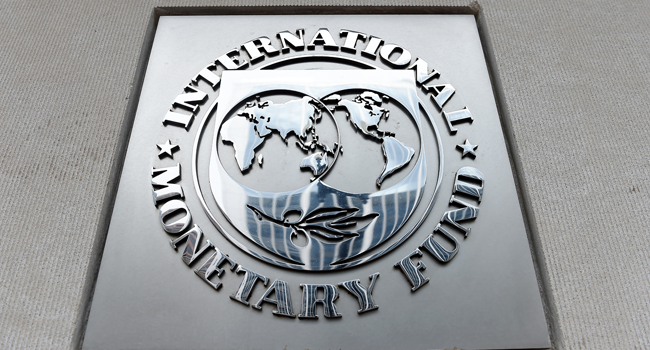The International Monetary Fund (IMF) is expected to soon announce a change in how it classifies India’s exchange-rate regime, according to people familiar with the development. The shift comes two years after the Fund unsettled the Reserve Bank of India (RBI) by suggesting that the central bank was intervening too aggressively in the currency market.
According to sources who requested anonymity, the IMF’s new description is likely to include references to a crawling peg—a system that allows small, gradual adjustments to a currency in line with inflation differentials with trading partners. The classification will be made public in the IMF’s 2025 Article IV staff report, due Wednesday.
The move comes at a time when the Indian rupee has become more volatile, plunging to a record low on Friday after the RBI momentarily eased its defence of the currency. By Monday, the rupee rebounded as the central bank resumed interventions.
Indian authorities have repeatedly pushed back against IMF assessments. Recently, RBI Deputy Governor Poonam Gupta argued that excessive volatility is undesirable for economies like India. An IMF spokesperson insisted that all member countries are classified using a uniform methodology, and said updates would be reflected in the upcoming report. The RBI has not yet commented.
So far this year, the rupee has fallen about 4% against the U.S. dollar, marking the steepest decline among Asian peers as India grapples with harsh U.S. tariffs on exports. The currency has been noticeably more volatile compared to the end of former Governor Shaktikanta Das’ tenure.
Under current Governor Sanjay Malhotra, who assumed office in December, the central bank has allowed greater “two-way flexibility” in the exchange rate, according to IMF official Thomas Helbling. Still, the RBI has intervened with large dollar sales at key moments, lifting the rupee sharply on several occasions. India’s foreign-exchange reserves, nearly $700 billion, remain among the largest globally.
In its 2023 Article IV report, the IMF shifted India’s classification from a floating regime to a stabilised arrangement, citing excessive intervention. The designation was retained in 2024 as the Fund sought more data, despite moderate rupee depreciation since late 2024.
The RBI maintains that its interventions aim solely to curb excessive volatility rather than influence the currency’s long-term trajectory.


















